The Danube River between Vienna and Prague includes some of it’s prettiest scenery. Wineries in the Wachau Valley and lots of forest with only farm houses for many miles…. Cruising the river was Daves favorite part of the trip. During the day, the lounges are quiet so a good book can combine with a latte and some wonderful scenery = some good relaxation.
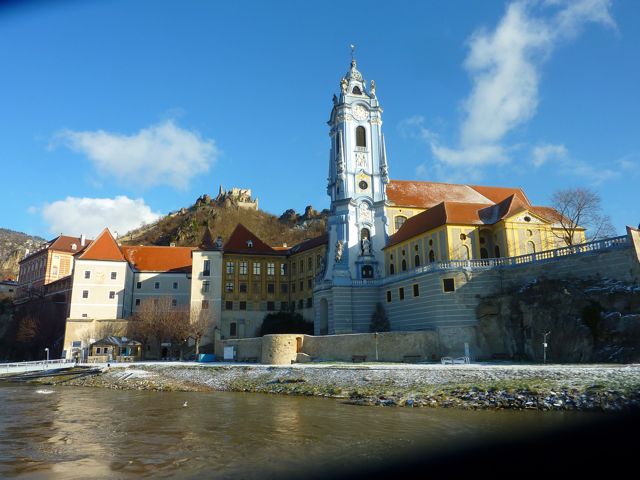
Duernstien, in the Wachau Valley was perhaps the prettiest little village that we encountered. The church on the river bank is dedicated to praying for the fishermen and river merchants. Being in a poorer region than some of the larger Cathedrals, its interior statuary and carvings are done in wood, rather than granite and marble, giving a warmer, more comfortable feel. Definitely worth a visit, but the interior is only open in the warmer season. The castle on the hill in the background is where King Richard the Lion Hearted was detained for a year while his family gathered the ransom. Richard was returning from Crusading and had done a royal faux pax, placed the English flag above the Austrian flag ... and paid for it with a year in Solitary, and a lot of gold!
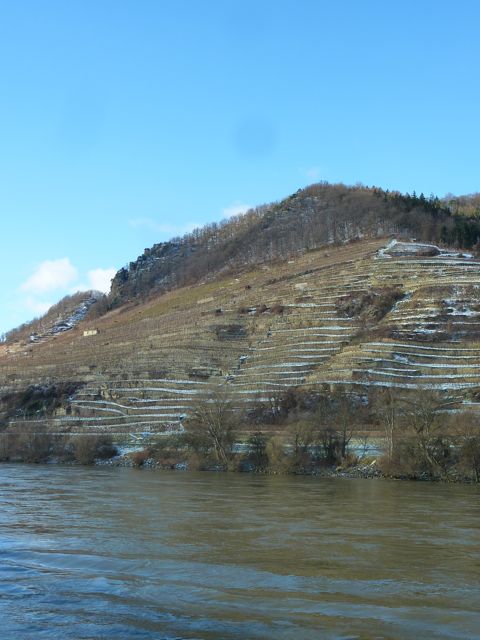
The terraced slopes along this 20 mile stretch of the Danube produce some world famous wines. The growers all participate in the Domaine Wachau cooperative. Each plot of vines, some as small as an acre, are processed individually and each has its own label. (See previous blog post from last summer) It is said that a skilled taster can tell which side of the river and how far upstream a particular wine came from ...... ?

Melk was our next stop. The Abbey specialized in training its monks in both Theology and Winemaking. Here we found a nice little internet cafe as well. We find that we are kind of "internet spoiled" and get fidgety when we cant get online.

It's really cold out there! Gotta get ready!
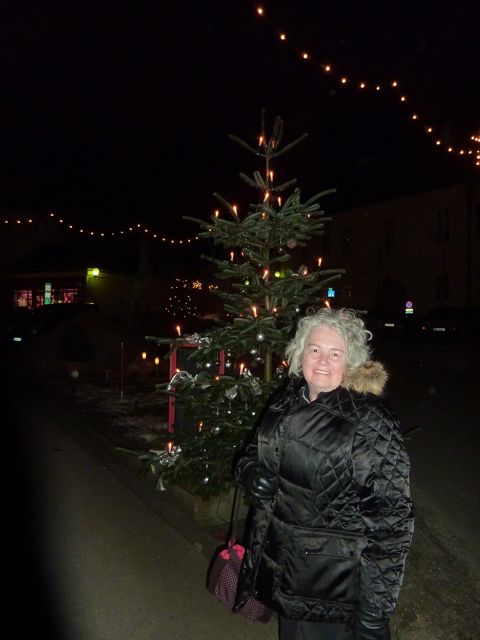
Merry Christmas!
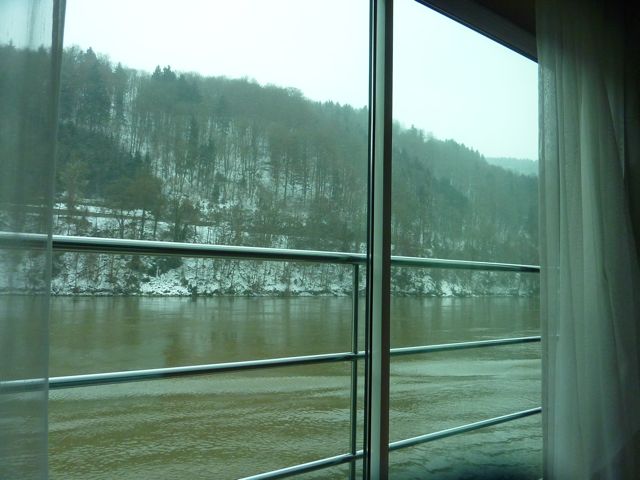
Normal View from our room.
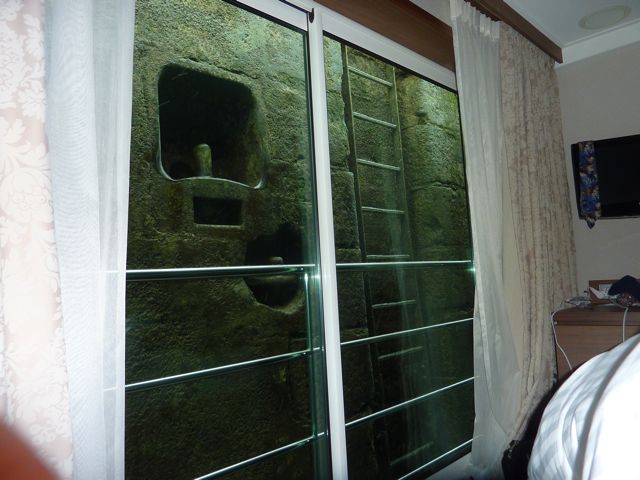
But sometimes it looked like this. Going thru the locks was always fun and gave a little variety as the sights and sounds changed.
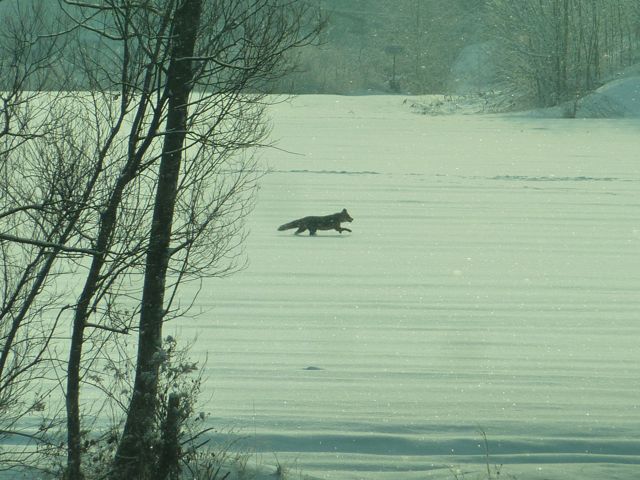
There was a lot of birdlife visible, with most mammals staying inside like us. But this fox was enjoying the snow as he seemed to be racing our boat.
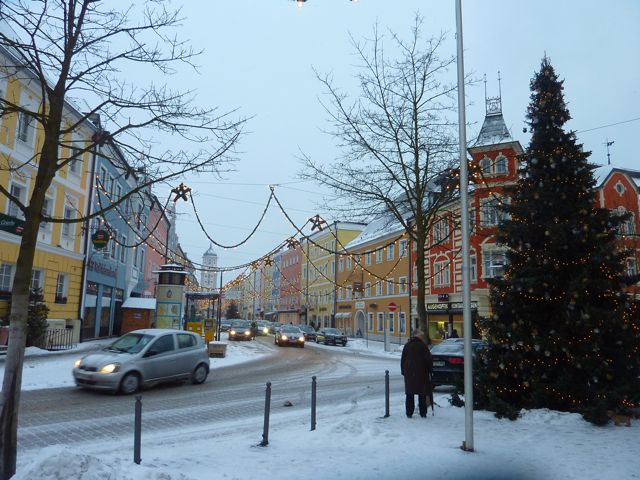
This little town was an unscheduled stop, as our Captain was moving the boat around, waiting to get under bridges and pick up the passengers who were on the day trip. It was unprepared for tourists and had more of a "real" feel to it. It is also where Dave found a TMobile store and with the internet card he bought, I was able to take care of my clients after this. And several purchased River Cruises! A travel agent must stay in touch with her clients!
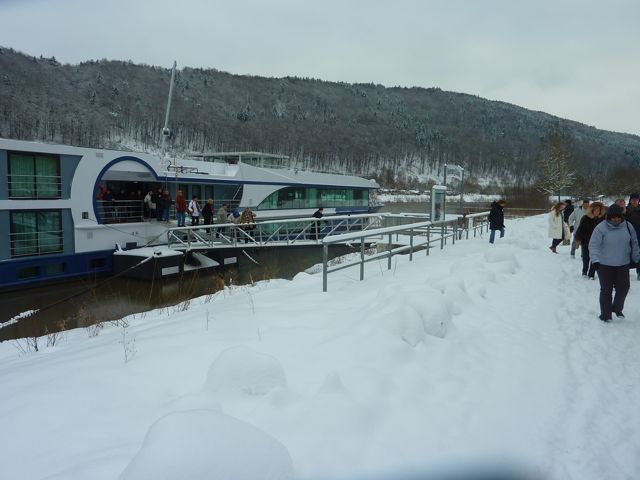
Dress Warm!

The Nurenberg Christmas Market is rated #1 in the world so if you come on this cruise, this is the one that you need to see!
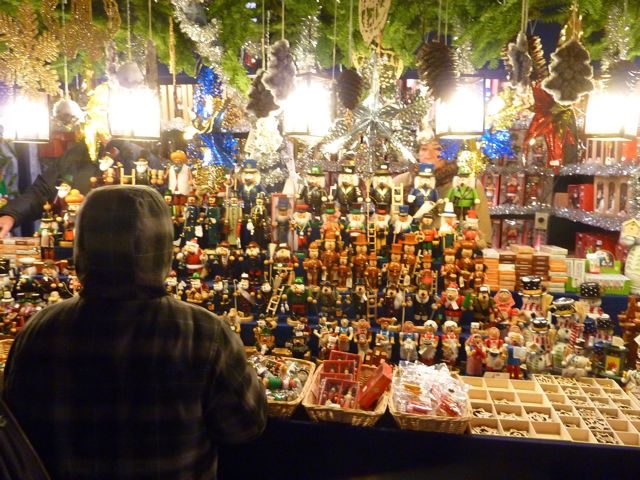
Ornaments etc. Our Cruise Director referred to them (affectionately?) as "Dust Collectors"
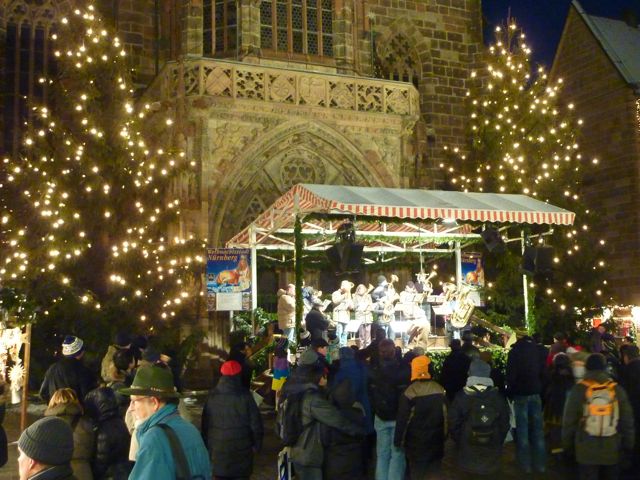
Christmas Carols on the steps of the Cathedral in Nurenberg's central square.
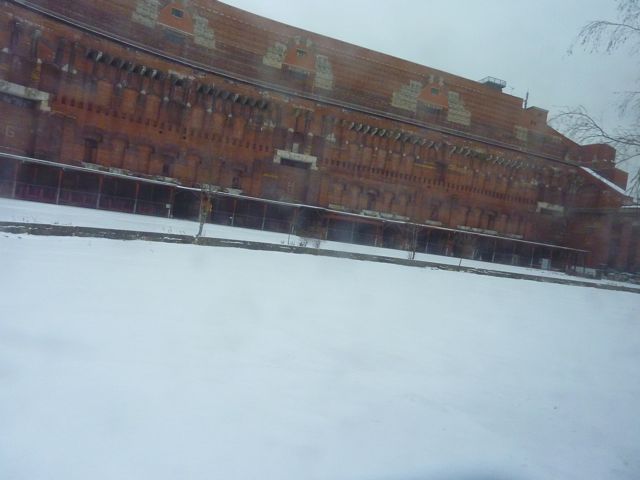
Gigantic Nazi Parade Grounds. Nuremberg was selected by Hitler as his headquarters. So it was the logical place to try his leaders for war crimes.
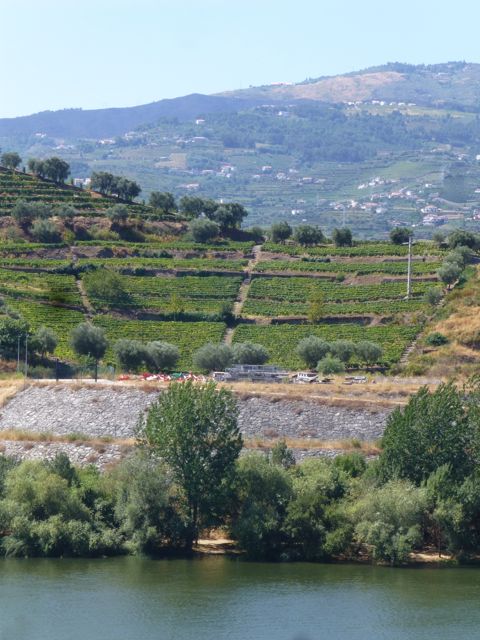
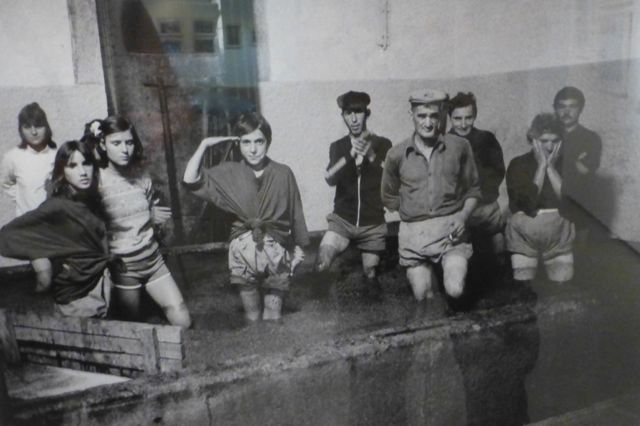



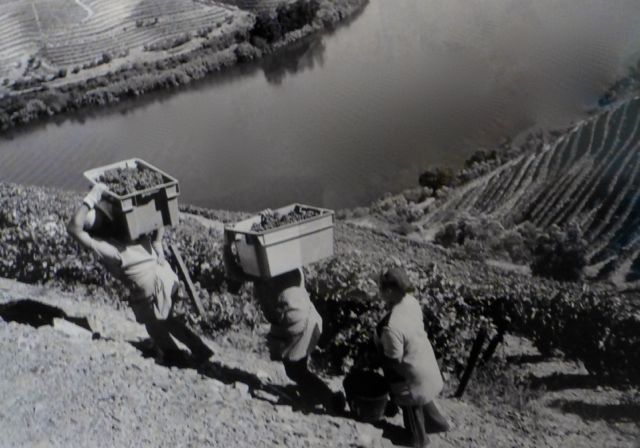

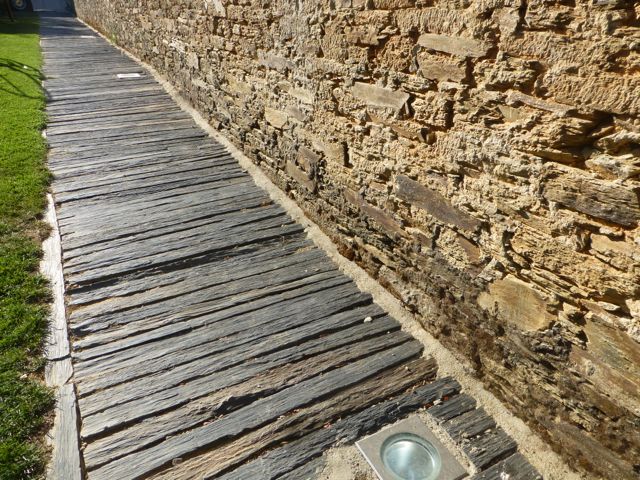
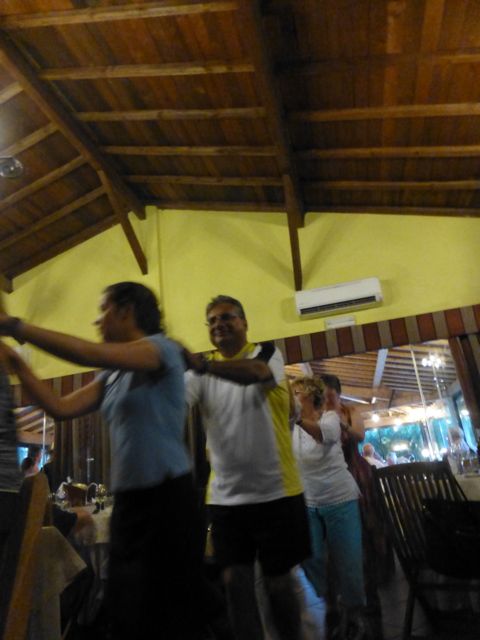
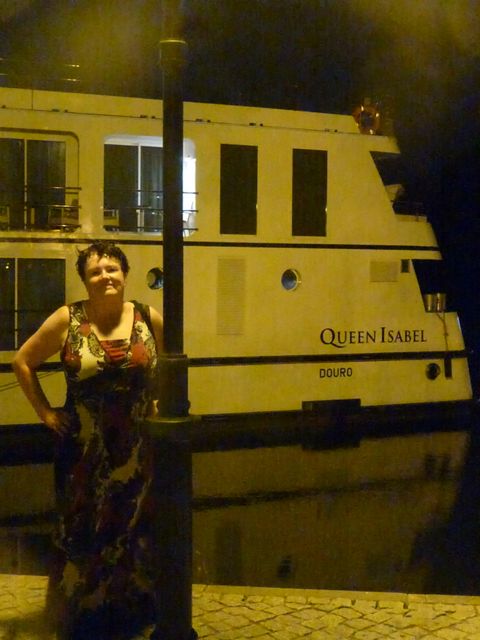
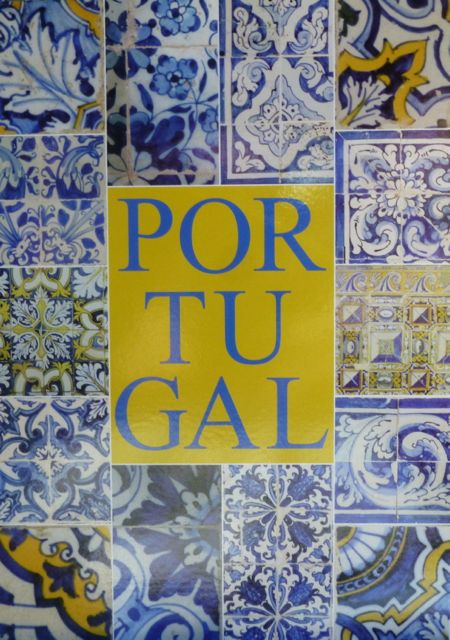
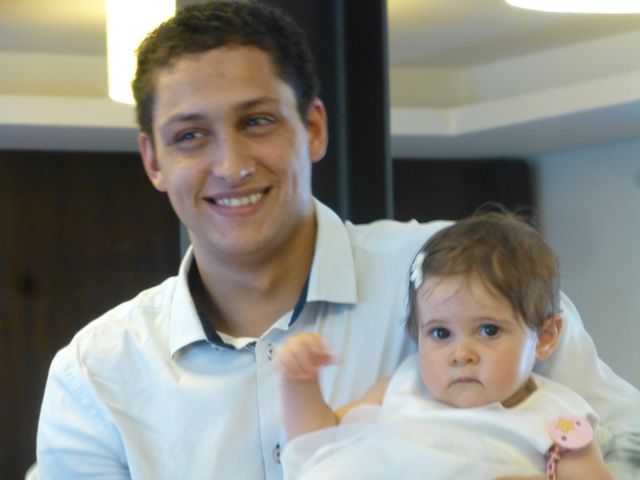
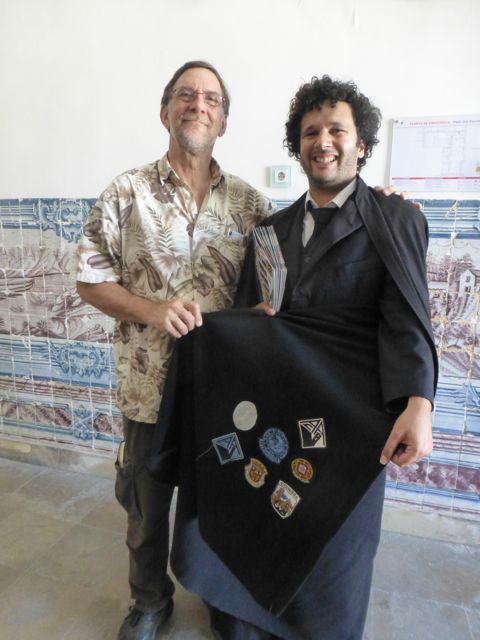
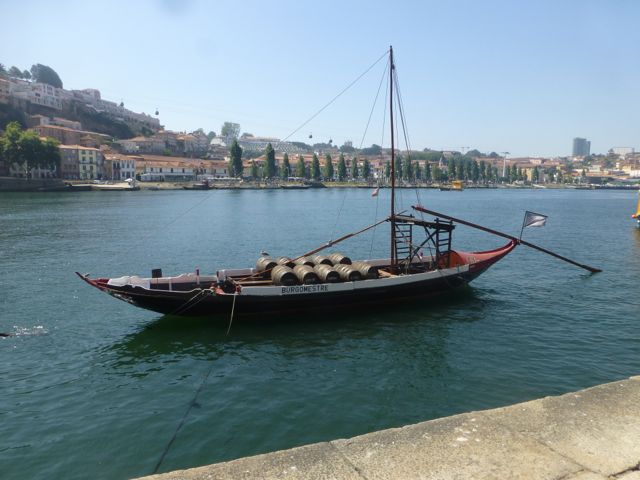

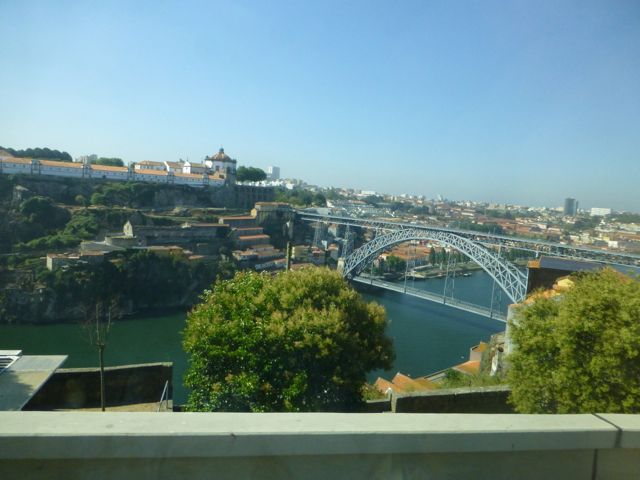
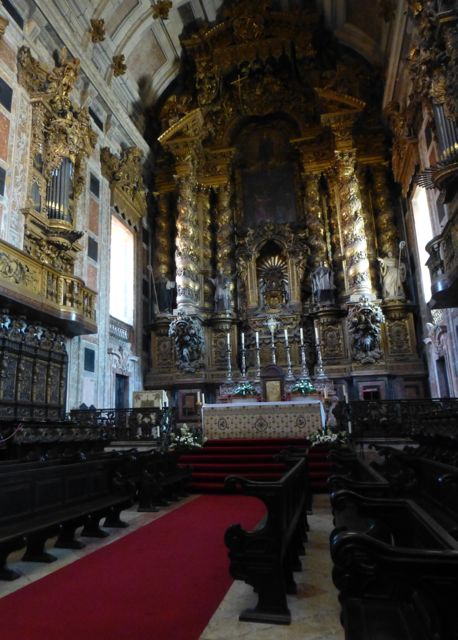
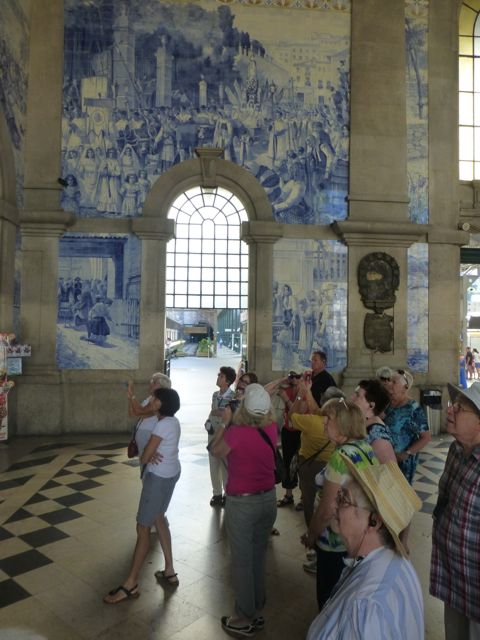
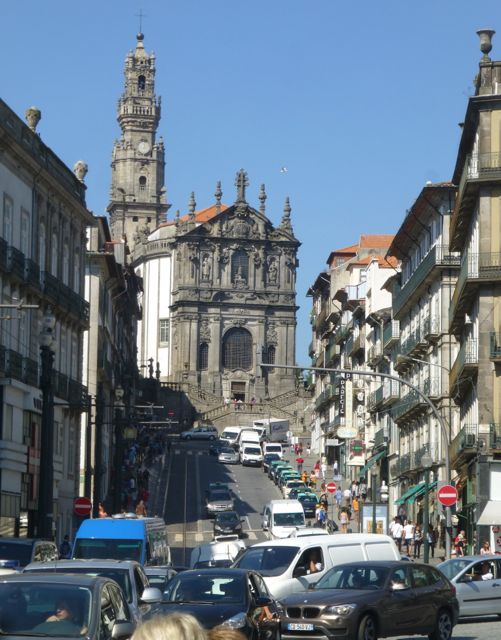
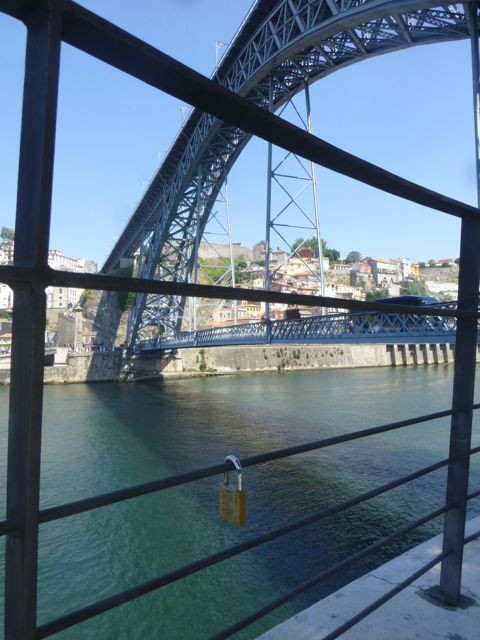

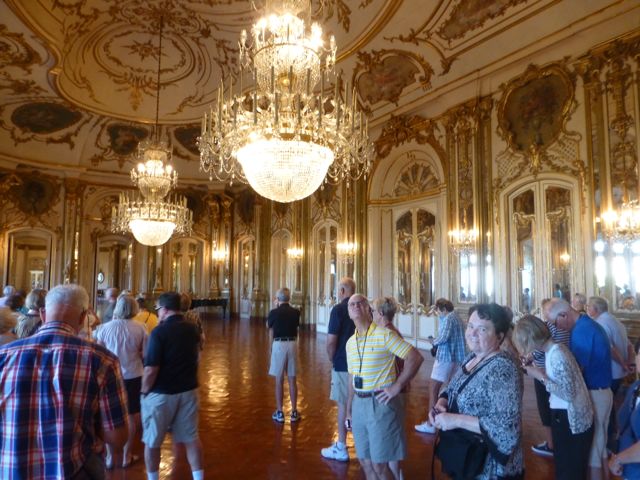
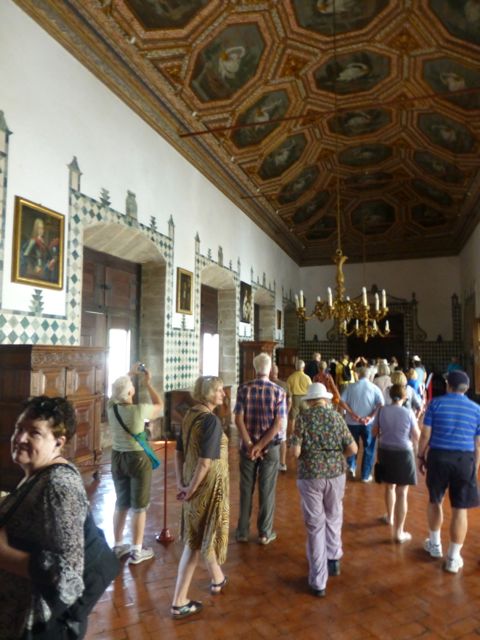
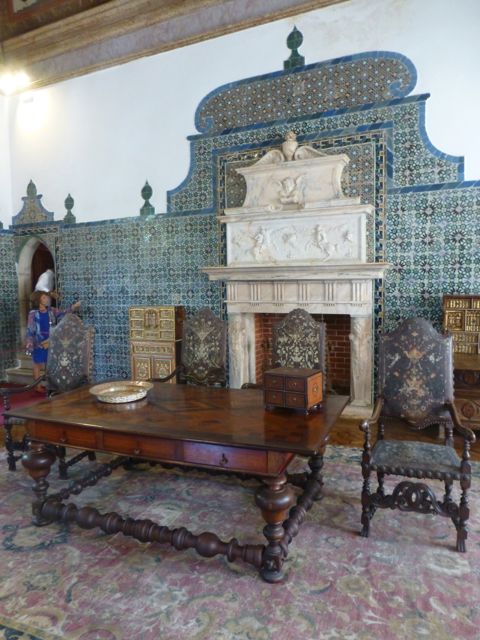
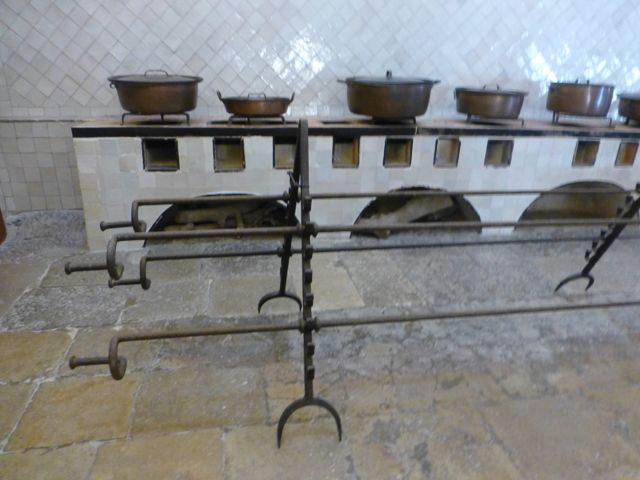
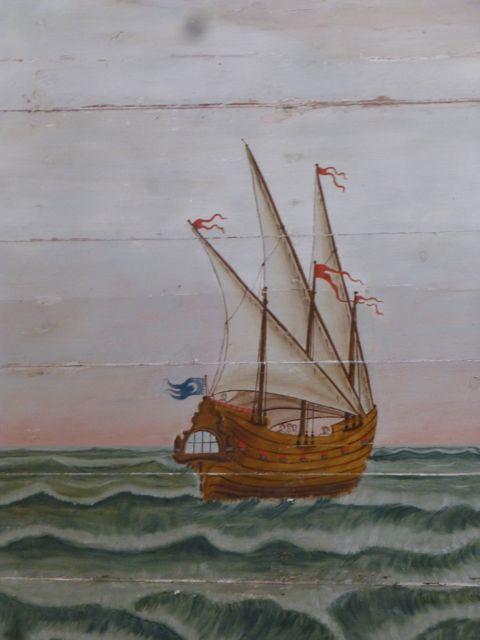
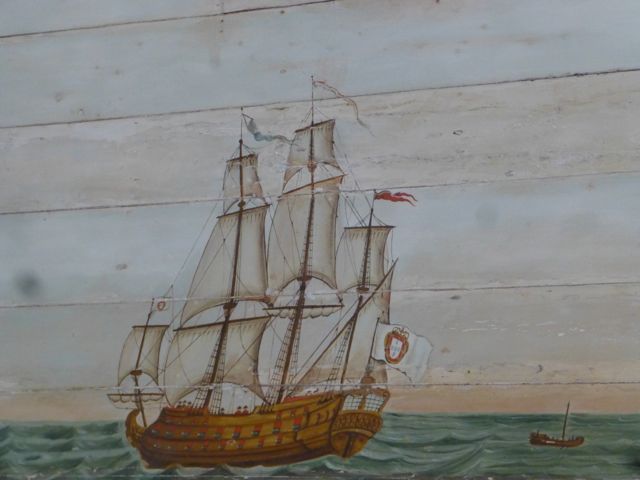
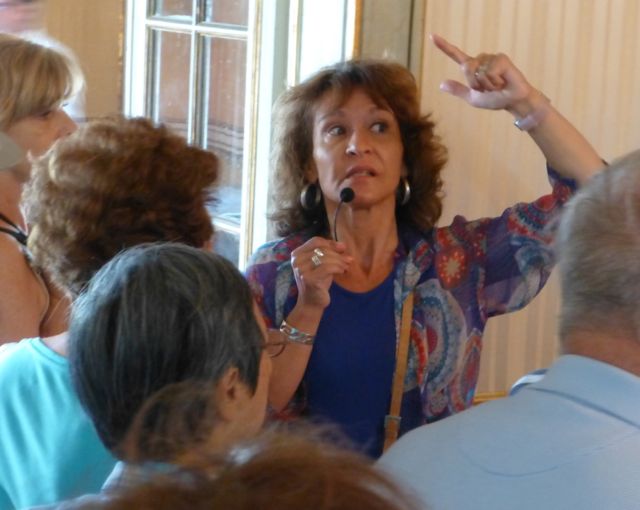
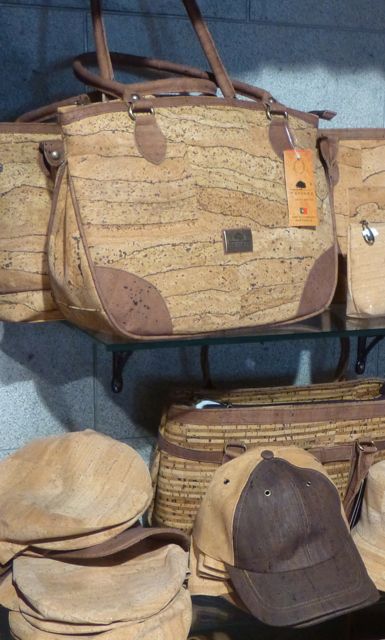

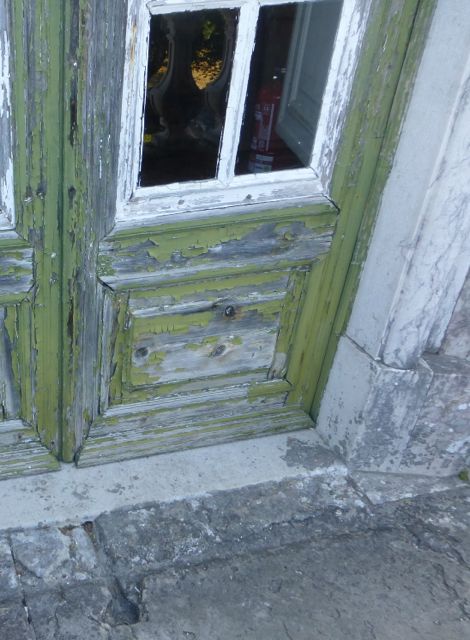
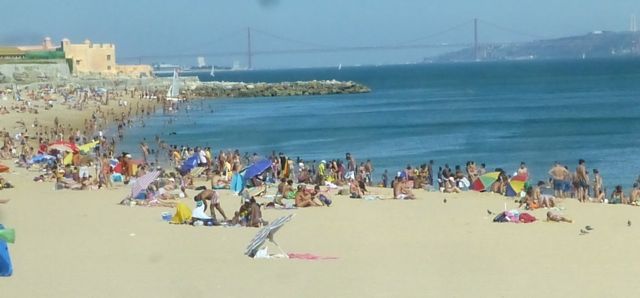
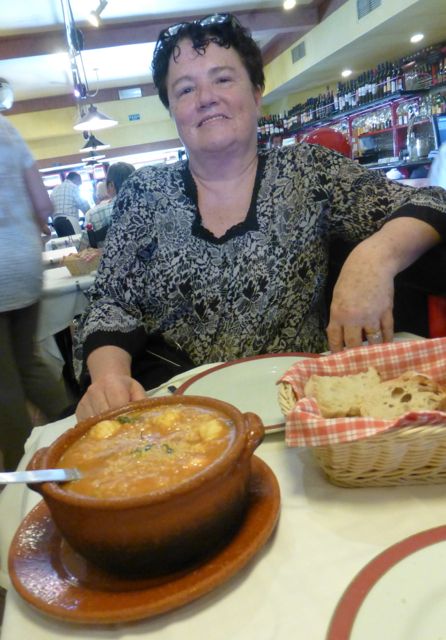
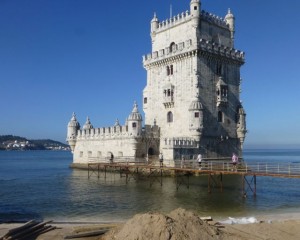
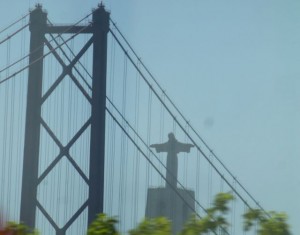
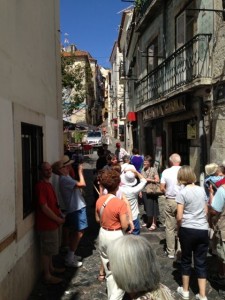
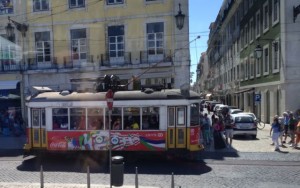
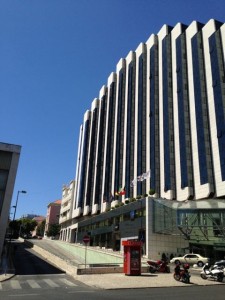
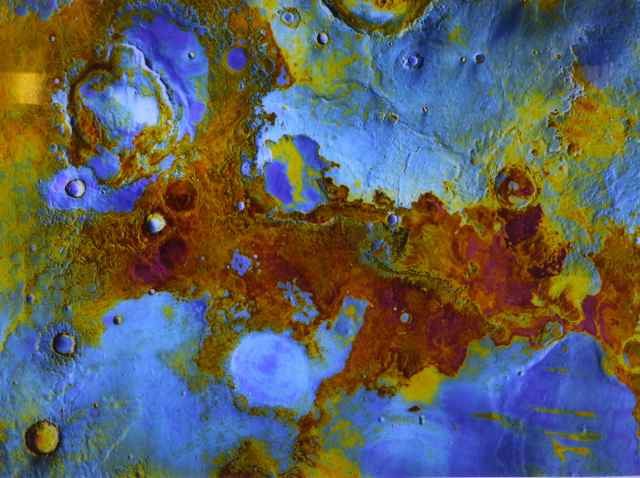
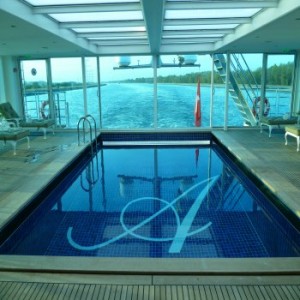
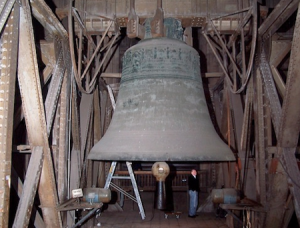
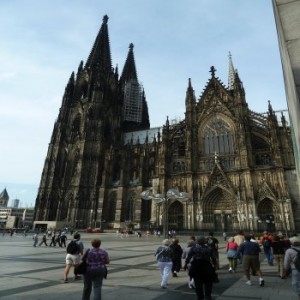
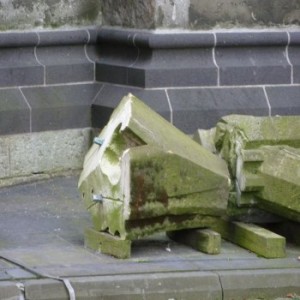
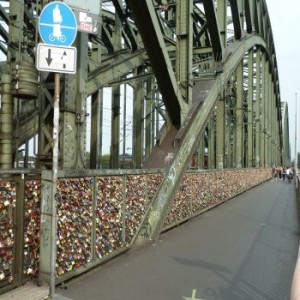
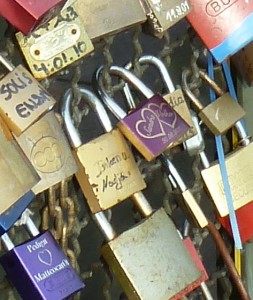
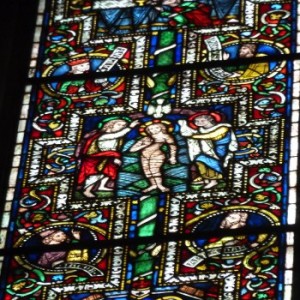
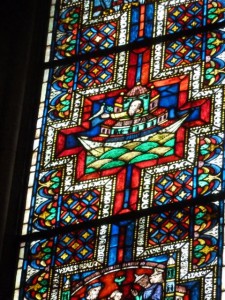
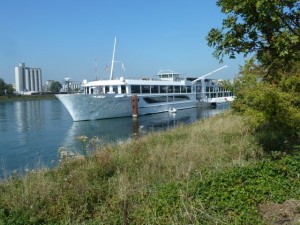
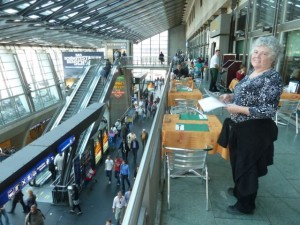
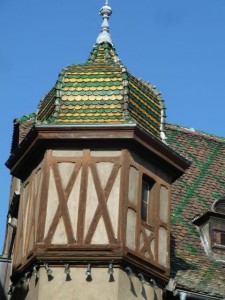
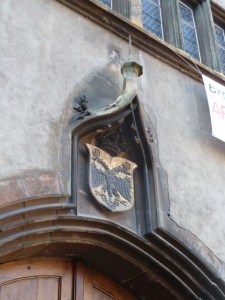
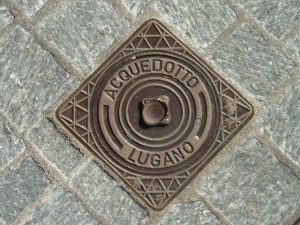
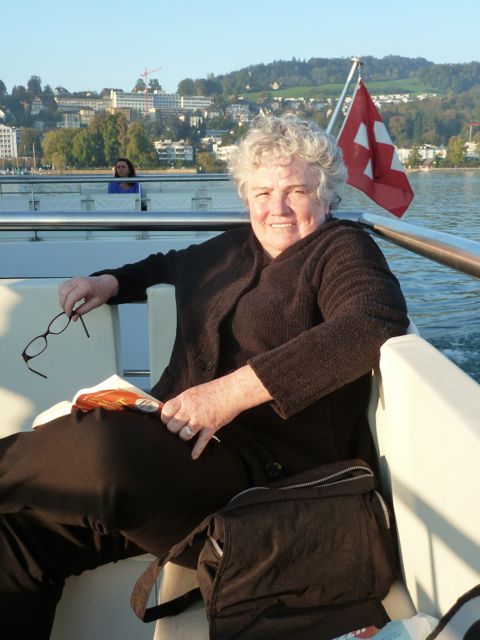
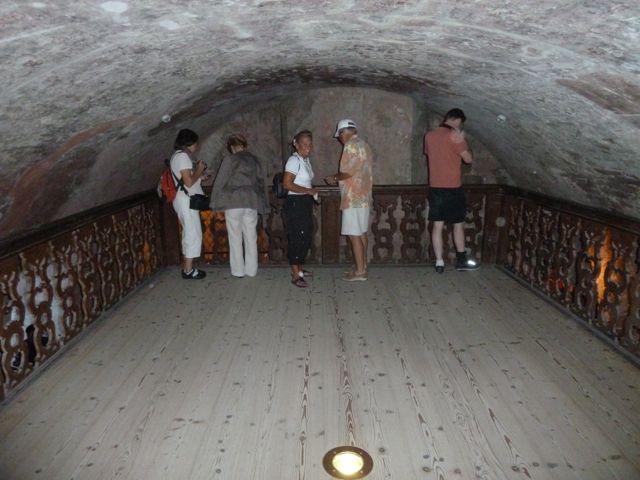
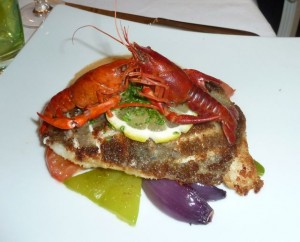
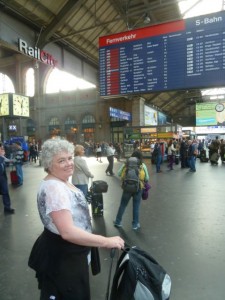
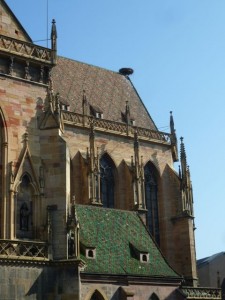
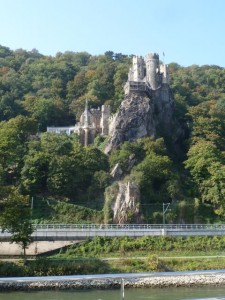
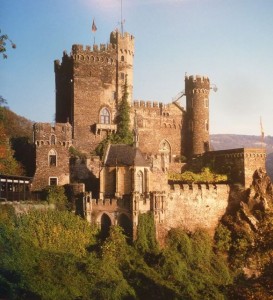
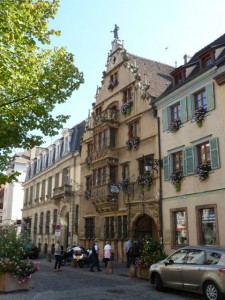
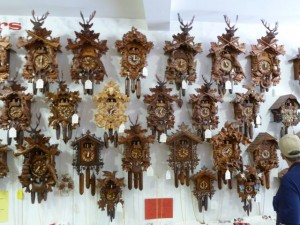

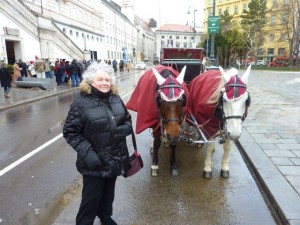

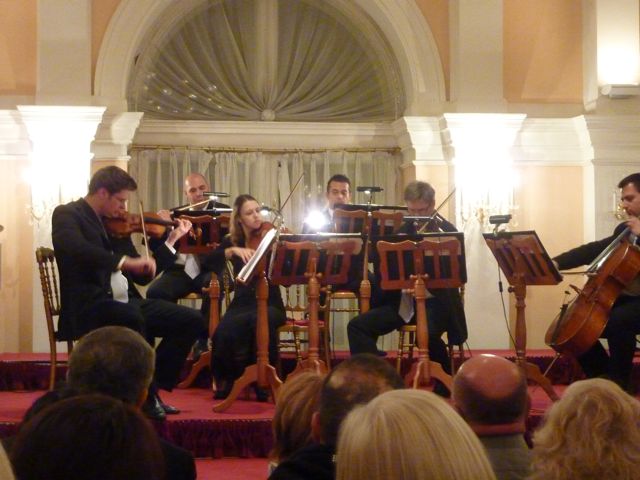
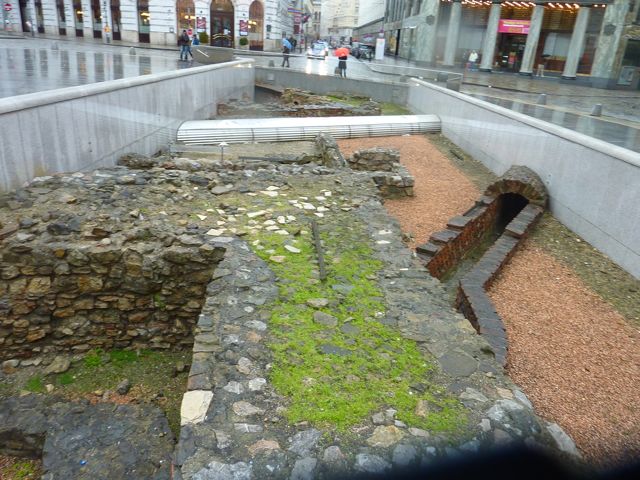
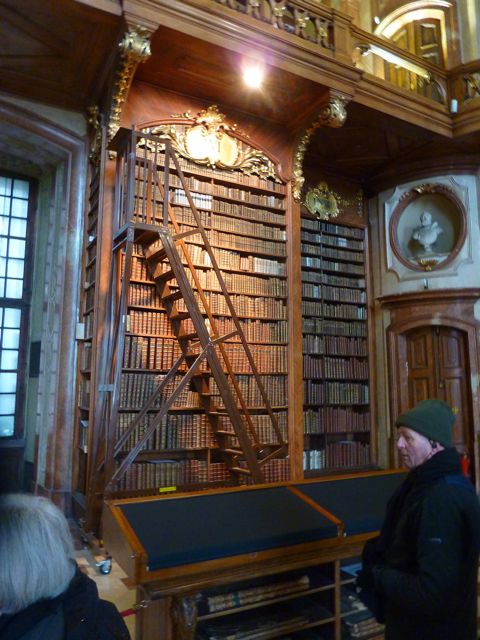














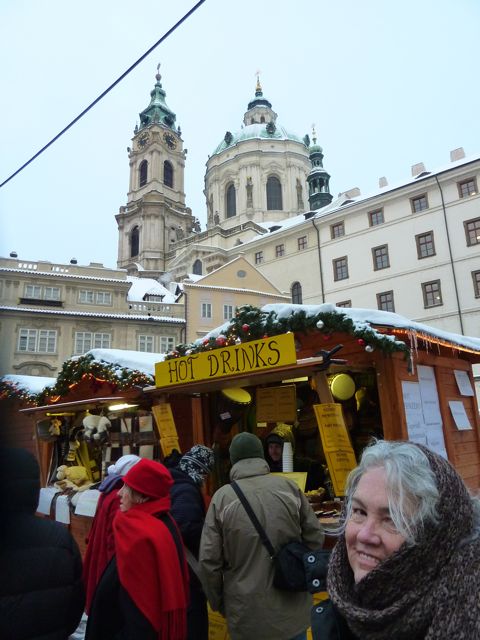
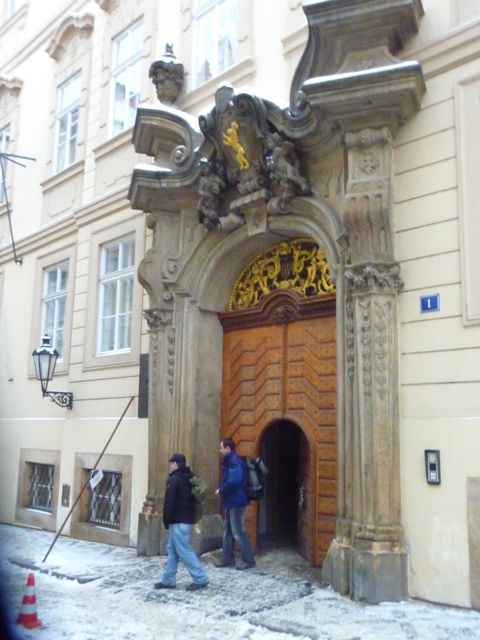
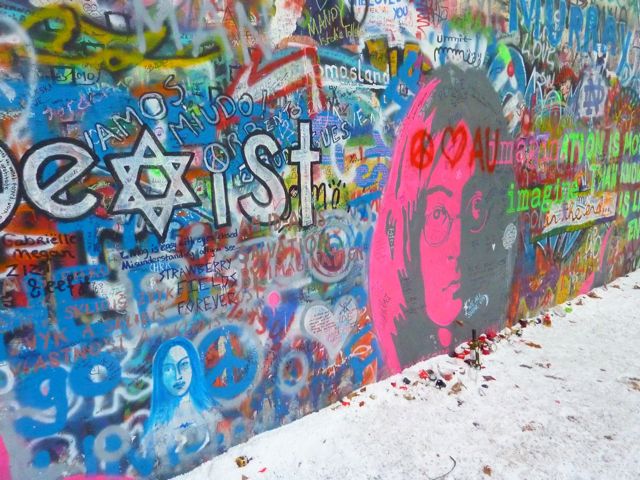
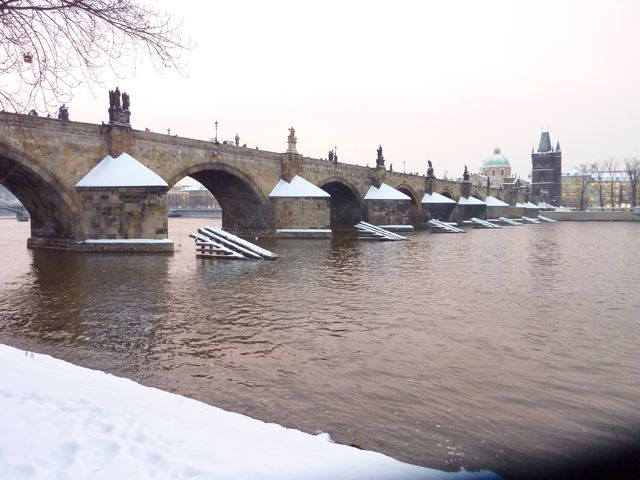
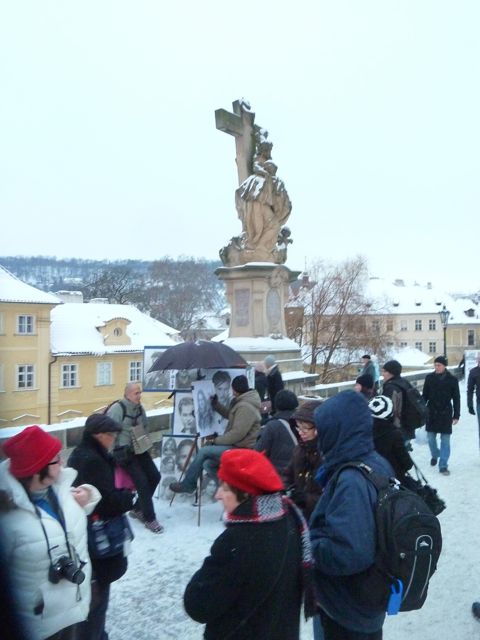
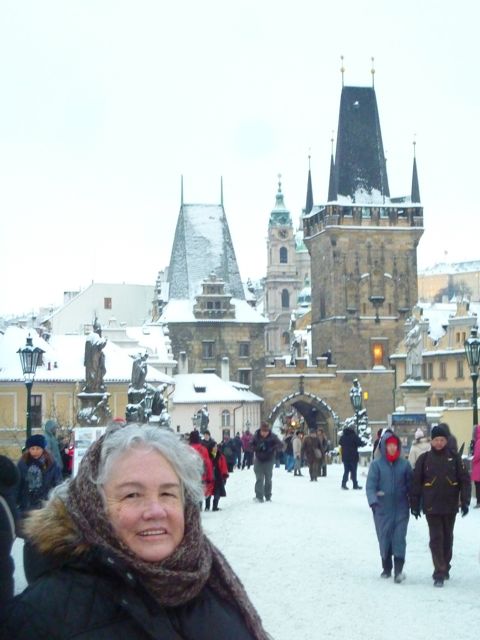
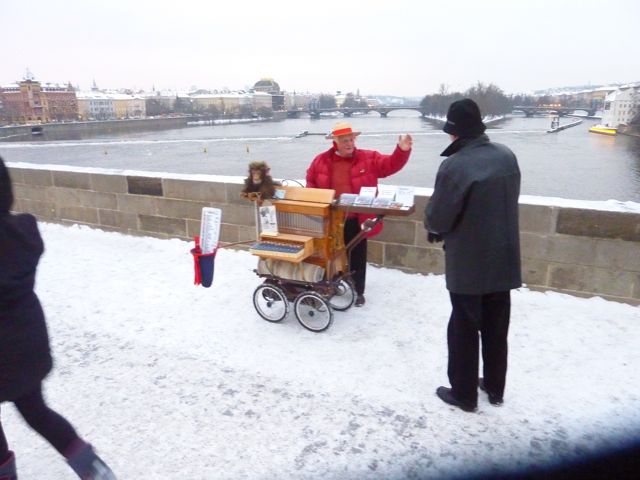
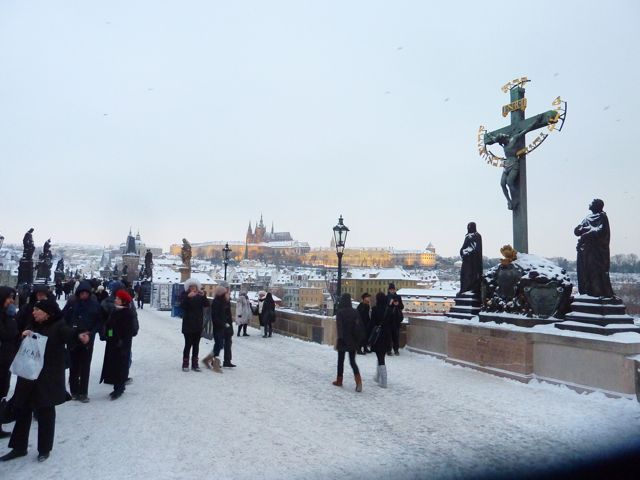

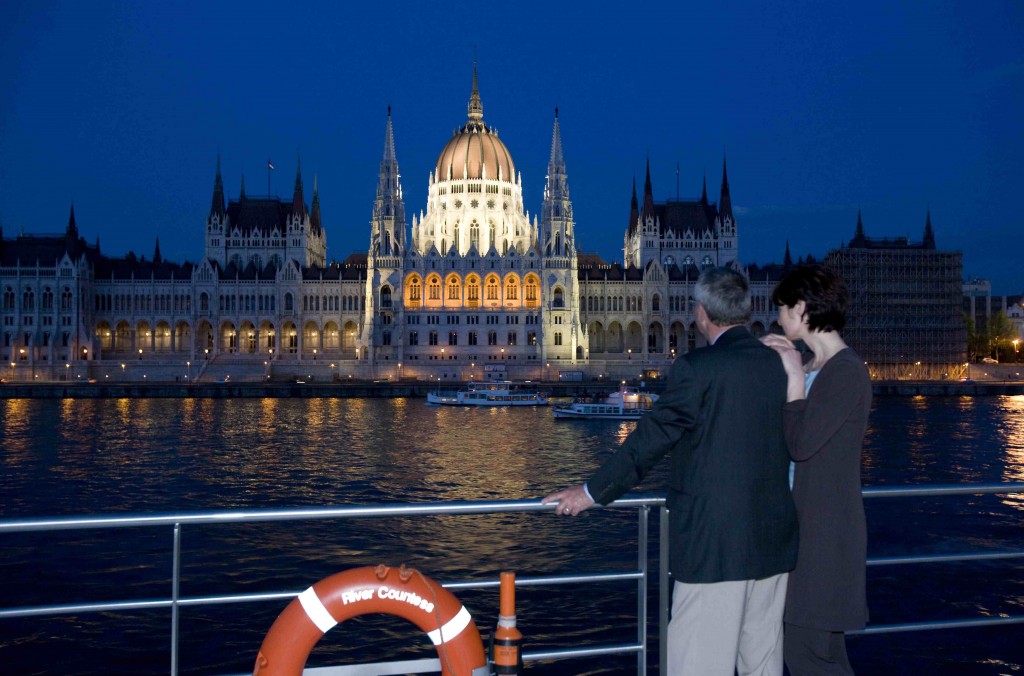

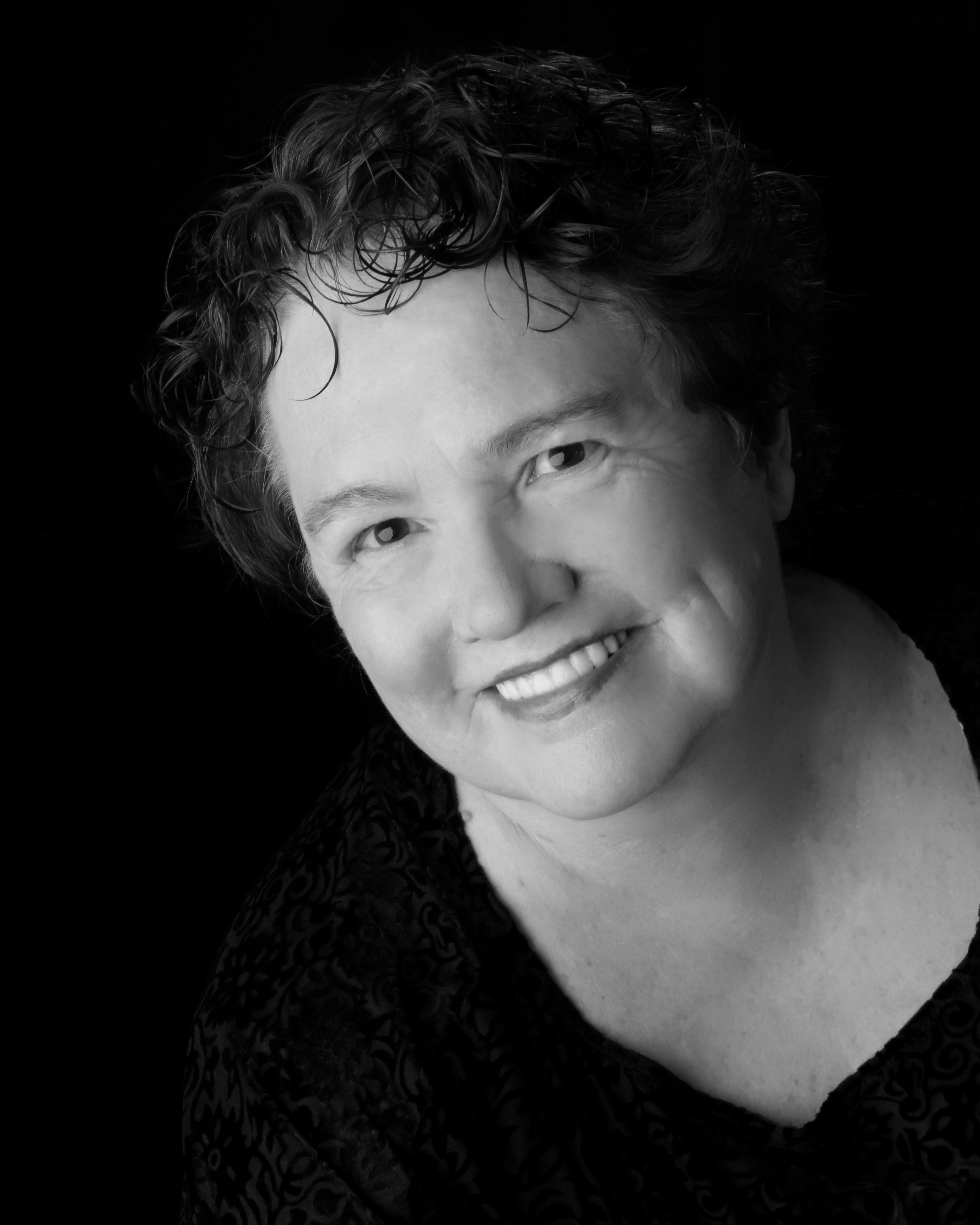
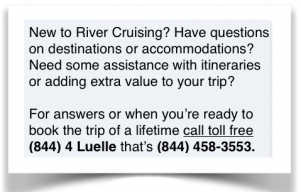
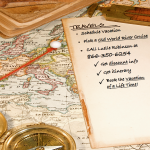
 We will never share your email and respect your privacy
We will never share your email and respect your privacy